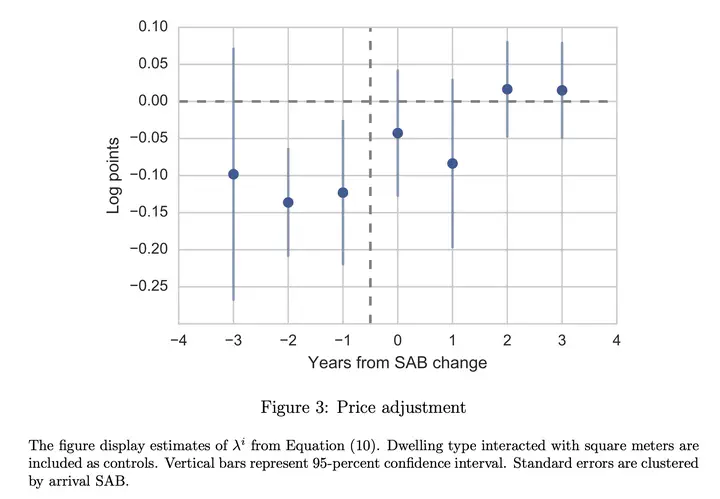The price of free schools

Abstract: A central feature of Scandinavian welfare states is the provision of equal access to free primary education. However, if school performance is reflected in property values, economic inequality may diminish equal access. Using highly detailed geographical data for the universe of sales in Denmark in a boundary discontinuity design, we show that property values reflect the socioeconomic composition of student bodies of primary schools in Denmark. Because attendance boundaries change over time we can validate our baseline estimates under less restrictive assumptions and inspect adjustment dynamics. We document that prices begin to adjust immediately and are fully converged within three years. The estimates indicate that our baseline estimates are not inflated by omitted variable bias. Lastly, we calculate that low income households have to forego between 7 and 10 percent of consumption in order to gain access to a socioeconomically strong school. Our findings underline that even when primary school funding is centralized, there are severe obstacles to ensuring equal access to education regardless of parental background.